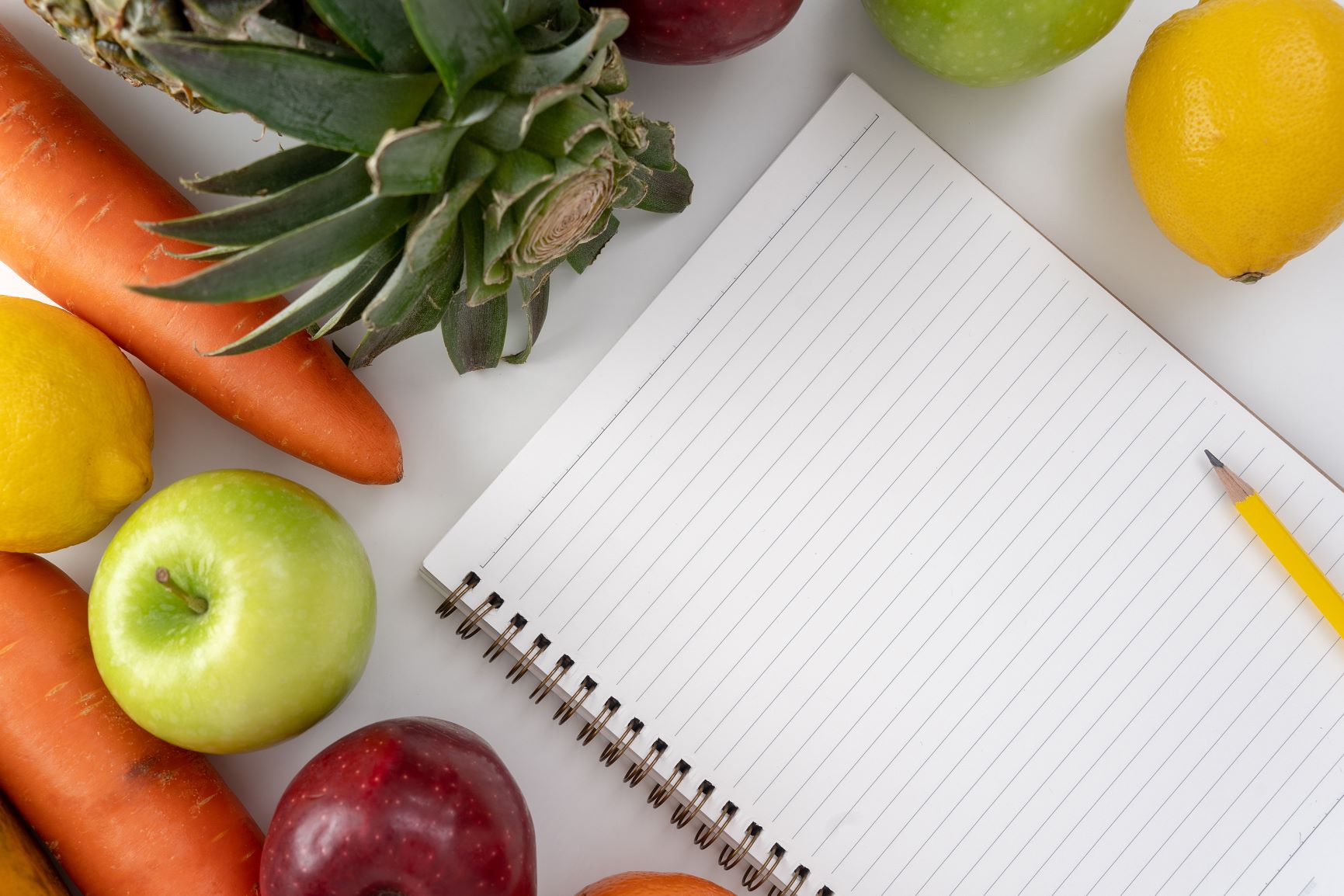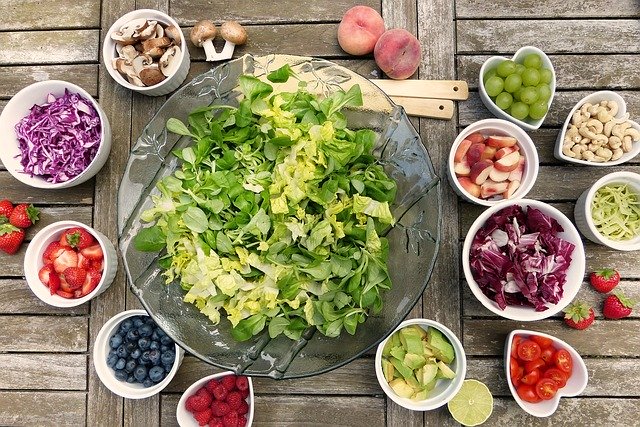How to Buy Food on a Budget
How to Buy Food on a Budget
by Original Content & Blog: Katie Cullum, White County

Your kids have been home forever……and eating everything in sight. Or maybe your husband keeps finding the chips you planned to serve with sandwiches one night…and eats them for a snack. Or maybe you get really excited about trying some new recipes….until it’s time to cook them and you don’t have time (or don’t want that, or don’t feel like chopping for an hour, etc.).
Feeding your family on a budget CAN be done but it does mean you might need to do some extra work. Saving resources in one way (money) usually means spending resources (time, energy) in other ways.

The #1 thing you can do to save money on food is Make A Plan. Making a plan before you go to the store helps you be organized, save money, and choose healthy options.
- Plan your weekly meals. This could mean mostly dinners, then making sure you have breakfast ingredients.
Or, it could mean planning out all 3 meals and adequate snacks. Notice I said, “adequate”
– not too much. At my house, if snacks are around, we will eat them. If we run
out, well miraculously we don’t starve! And neither will you or your kids. I always
try to keep fruit (canned lasts longer!) to use as a snack too. Write it all down
and look over it! This Meal Planning Worksheet might help.
- Don’t go overboard on convenience foods but don’t ‘bite off more than you can chew’ on the from-scratch stuff either. Convenience foods are convenient – packaged snacks, chopped onions, bottled water/soft drinks/drink packets/etc. Maybe you could buy a big bag of pretzels, and put them in smaller containers/bags to eat instead of pre-packaged little bags of pretzels. But you hate chopping onions. So buy the frozen chopped onions (cheaper than the chopped onions in the produce section – and they last longer).
- Consider your schedule – do you have events in the evenings? Get home late? Are you totally zonked in the evenings and just don’t have the energy to do much? Maybe you need Healthy Fast Food! Plan dinner menus that are low-energy meals. Prep more at other times – cook chicken, shred/chop, and freeze (check out this post for complete directions). Chop veggies when you have a few minutes instead of browsing social media.
- What’s on sale this week? If there’s a good deal on chicken, can you put chicken in your meal plan? Summer produce can be a great deal – you can make a pie, muffins, parfaits, smoothies, and more!
- What leftovers need to be used up?
- Inventory your pantry, freezer, fridge – what needs to be used? What can you make with what you already have? You might have had some frozen fish hanging out in the freezer for a while, so you could put that on your meal plan for the week. Or maybe you notice the rice that got stuck in the back of the pantry for a while, so you can put that in your meal plan. Need some ideas to make a meal from what's on hand? Check out this article from Nebraska Extension.
-
Make your grocery list. I really like to write it out in the order that I go through the store. That way, I’m not backtracking or going down aisles I don’t need to browse! Of course, one-way aisles add a little more backtracking than usual! You could also use this Grocery List divided by departments.
 Make your list (and check it twice)
Make your list (and check it twice)- Buy only what you need. You may usually buy 2 packs of sodas or a big bunch of bananas. Do you really NEED 2 packs? Do you eat all those bananas or do you make banana bread regularly?
- If you see a great deal, that’s a great time to stock up! But ask yourself: do I have space for extra? Do I have time and space to freeze or preserve it? Is it a REALLY good deal? Or just a pretty good deal that frequently comes up?
#2 – Shop SMART to Fill Your Cart – get the most for your money by choosing wisely.
- Check the unit price. (check out this “Eating Right When Money’s Tight” for the Unit Pricing Challenge).
- The unit price lets you compare different sizes and packages. Is the big package really
cheaper per ounce?
- Divide the total price by the size to get the unit price. For example, $1.98/ 12 ounces = 16.5 cents/ounce.
- Check the Nutrition Label. Get the most nutrient bang for your buck – look for less sodium, fat, and added sugars. I have just gotten in the habit of choosing the “no-salt-added” or a healthier option whenever I shop.

#3 – Use it – Don’t Waste it! Eat the food you buy instead of throwing it out.
- Did you know that about 90 million pounds of edible food goes to waste every year?! That’s almost $400 PER PERSON.
- Re-purpose leftovers – use extra veggies in a salad, omelet, or egg muffins; make a casserole; take it for your lunch, etc.
- Keep food safe. Check quality. Look at dates on packages before you buy – my husband always checks the dates on milk and buys the latest date! Use older items first – FIFO (First In, First Out).
